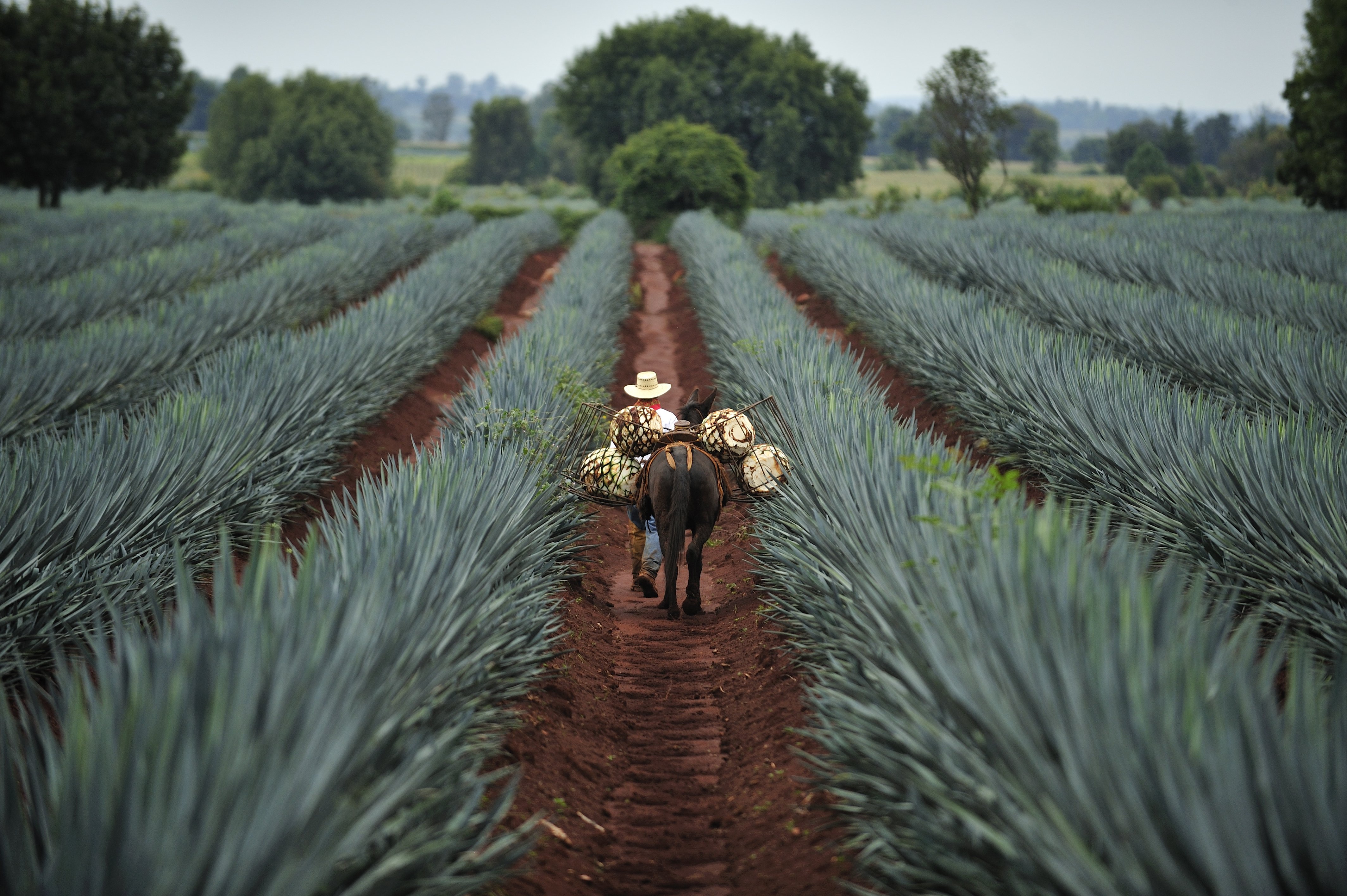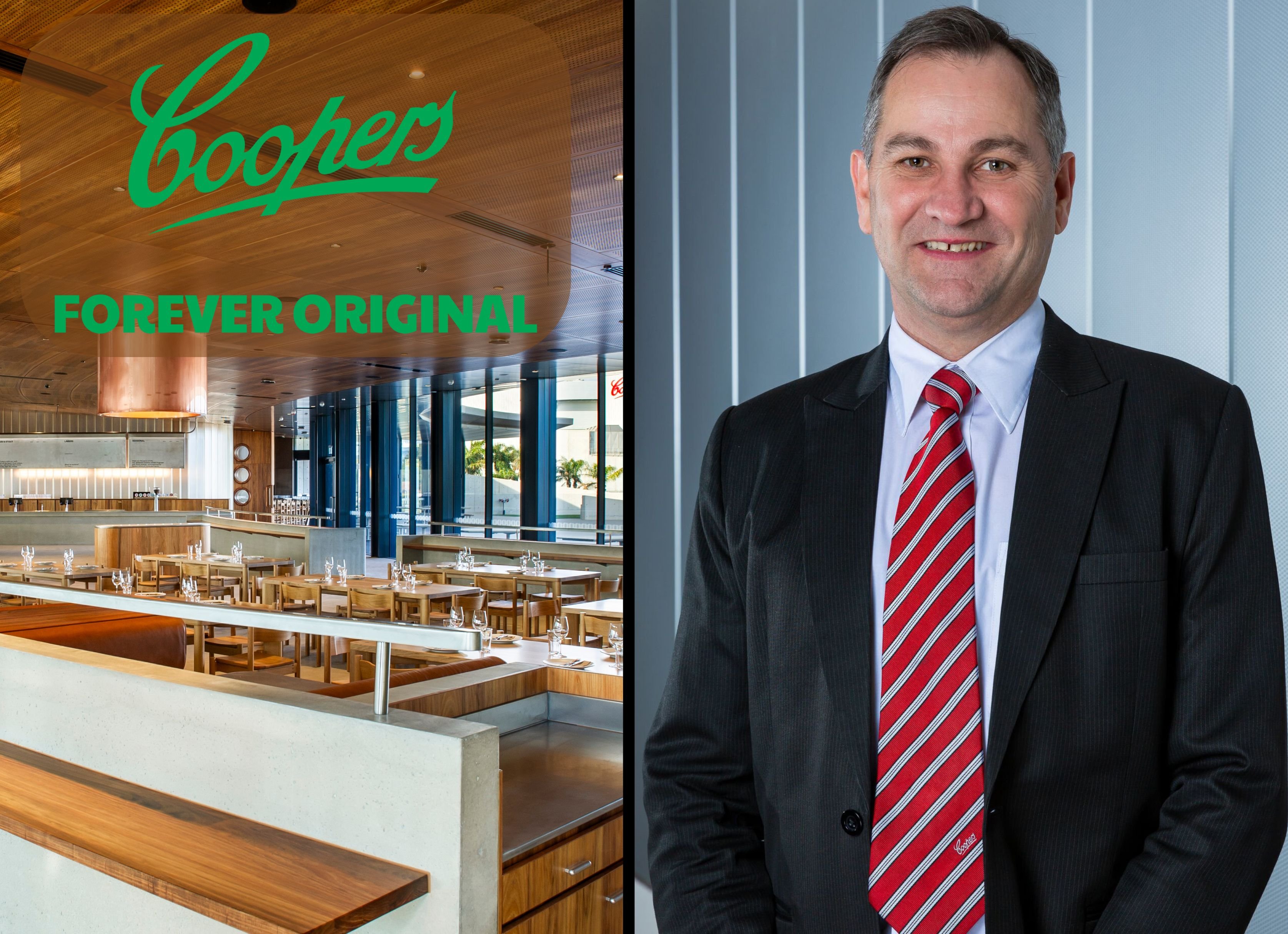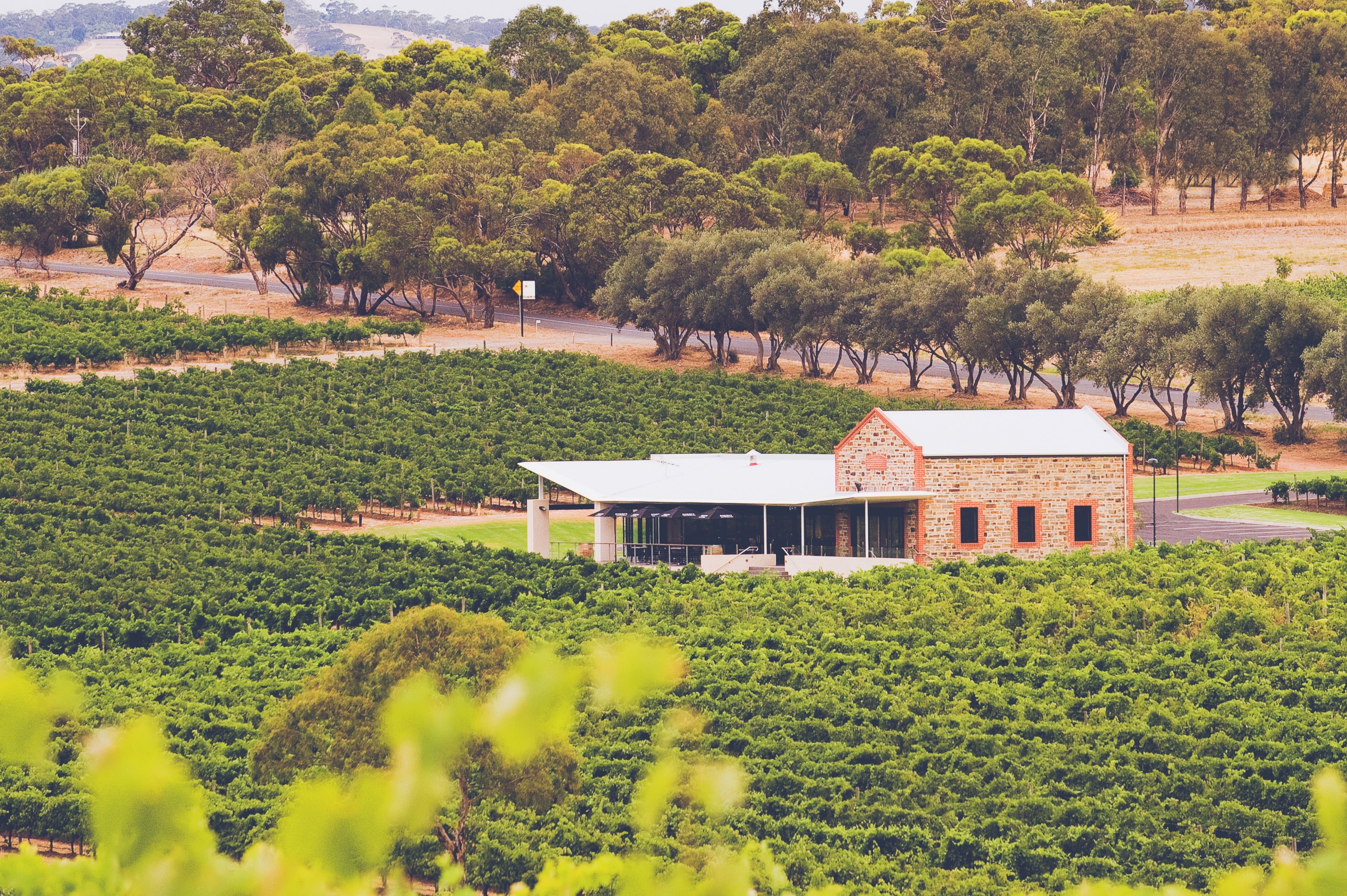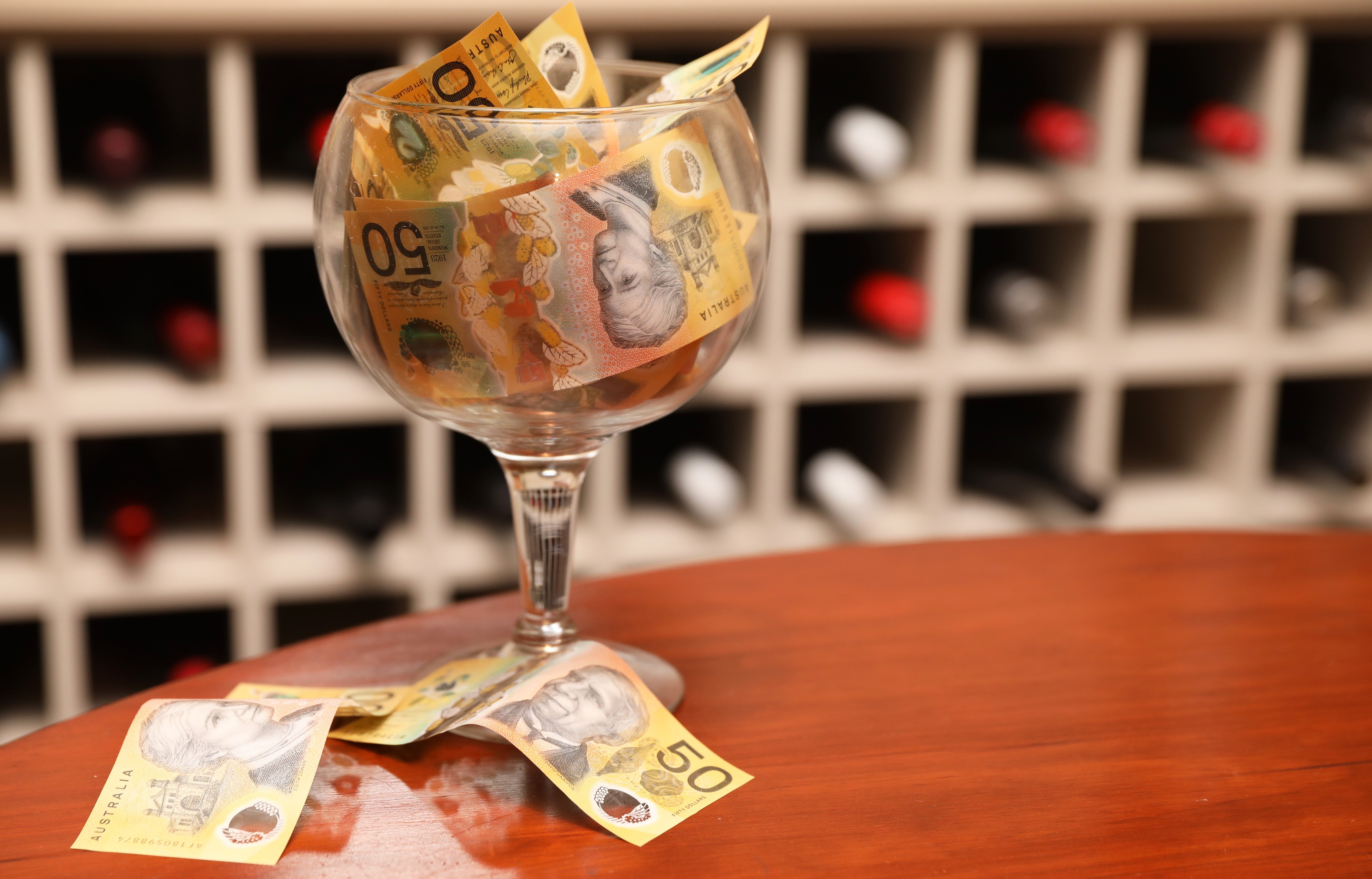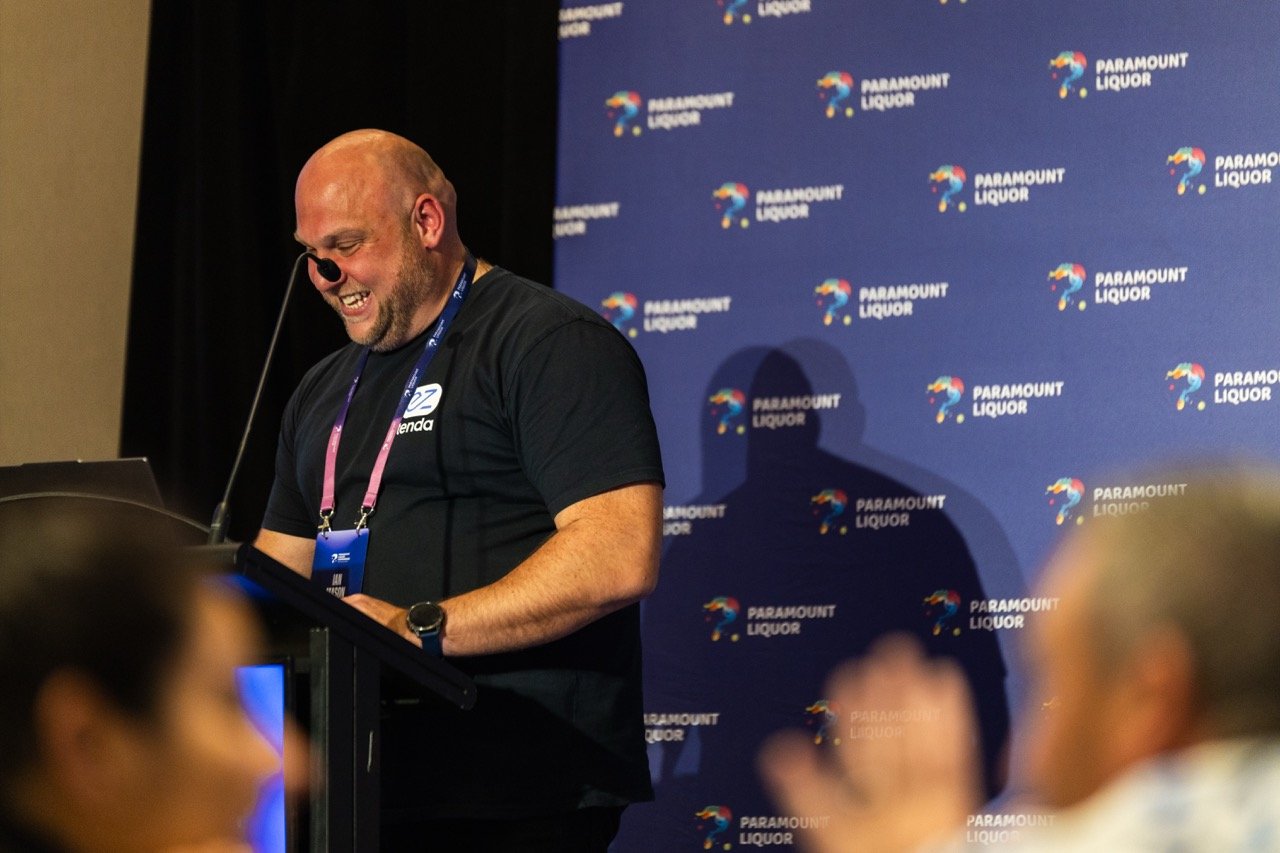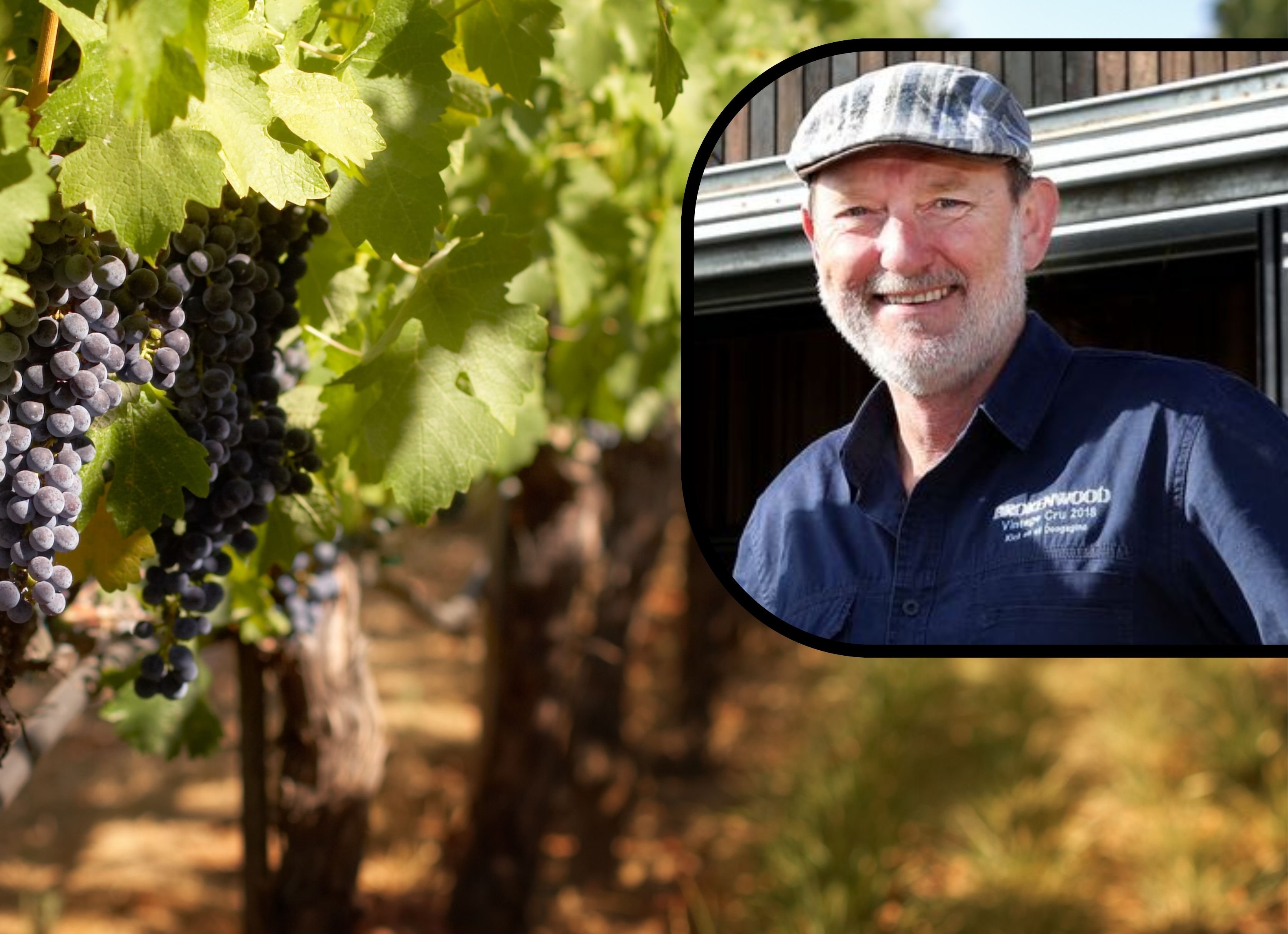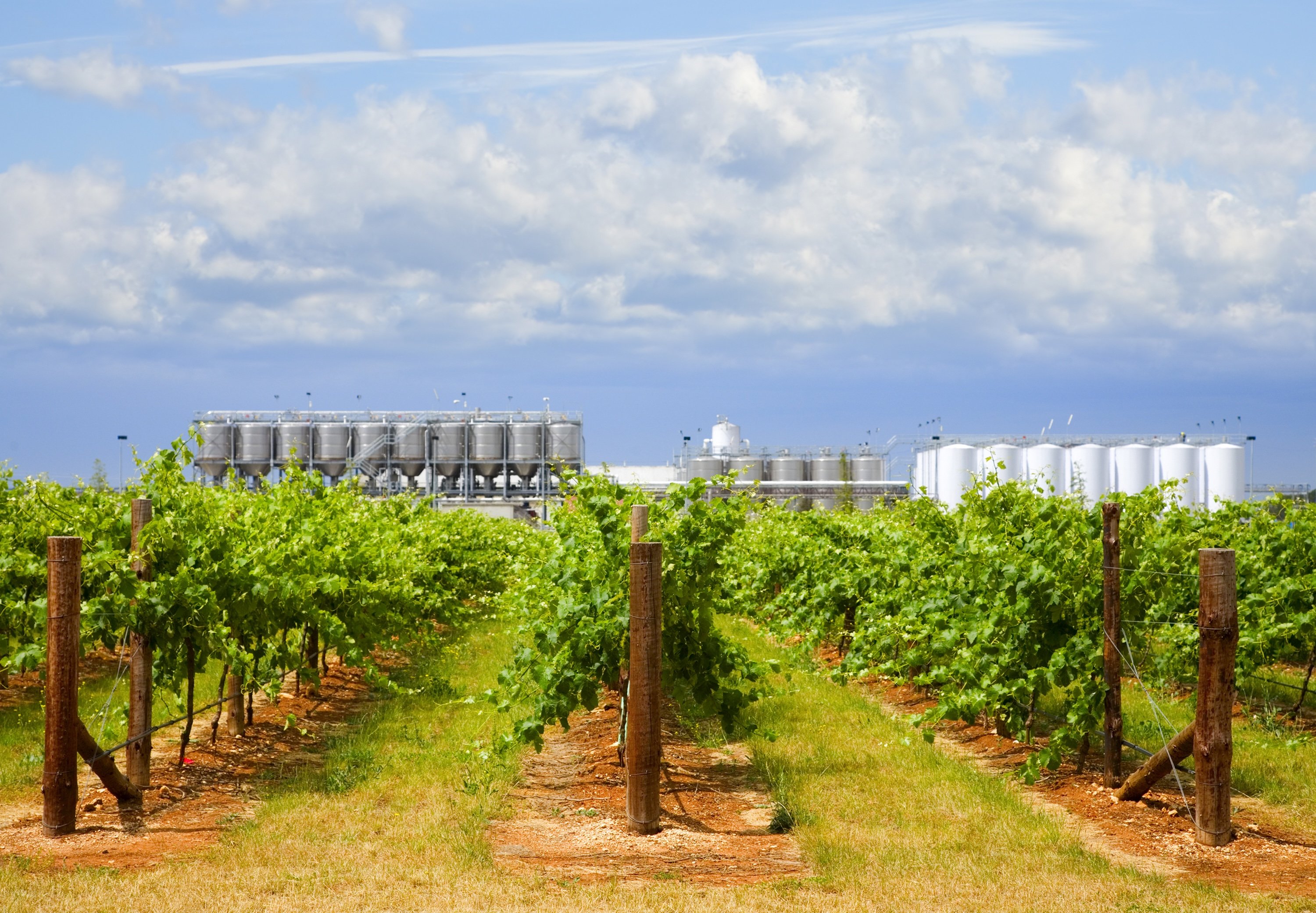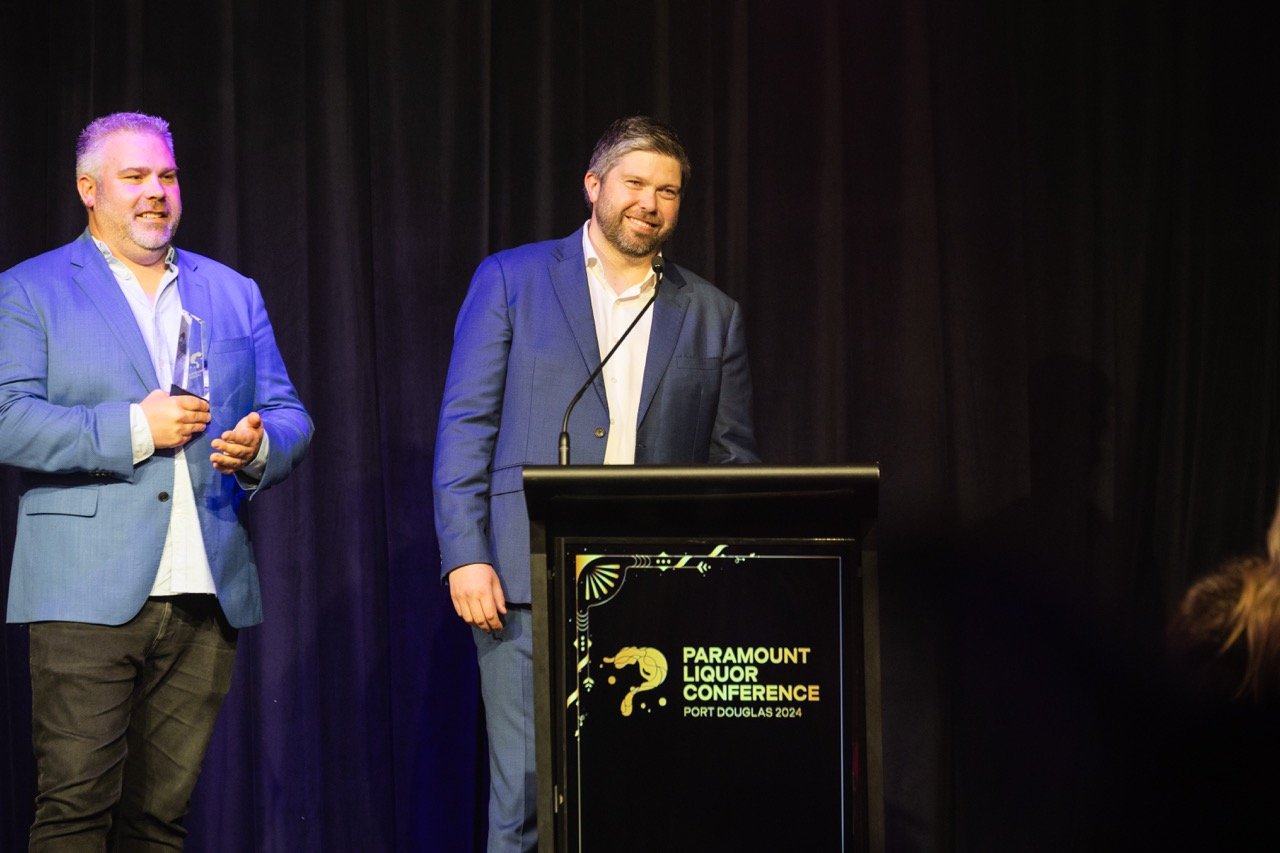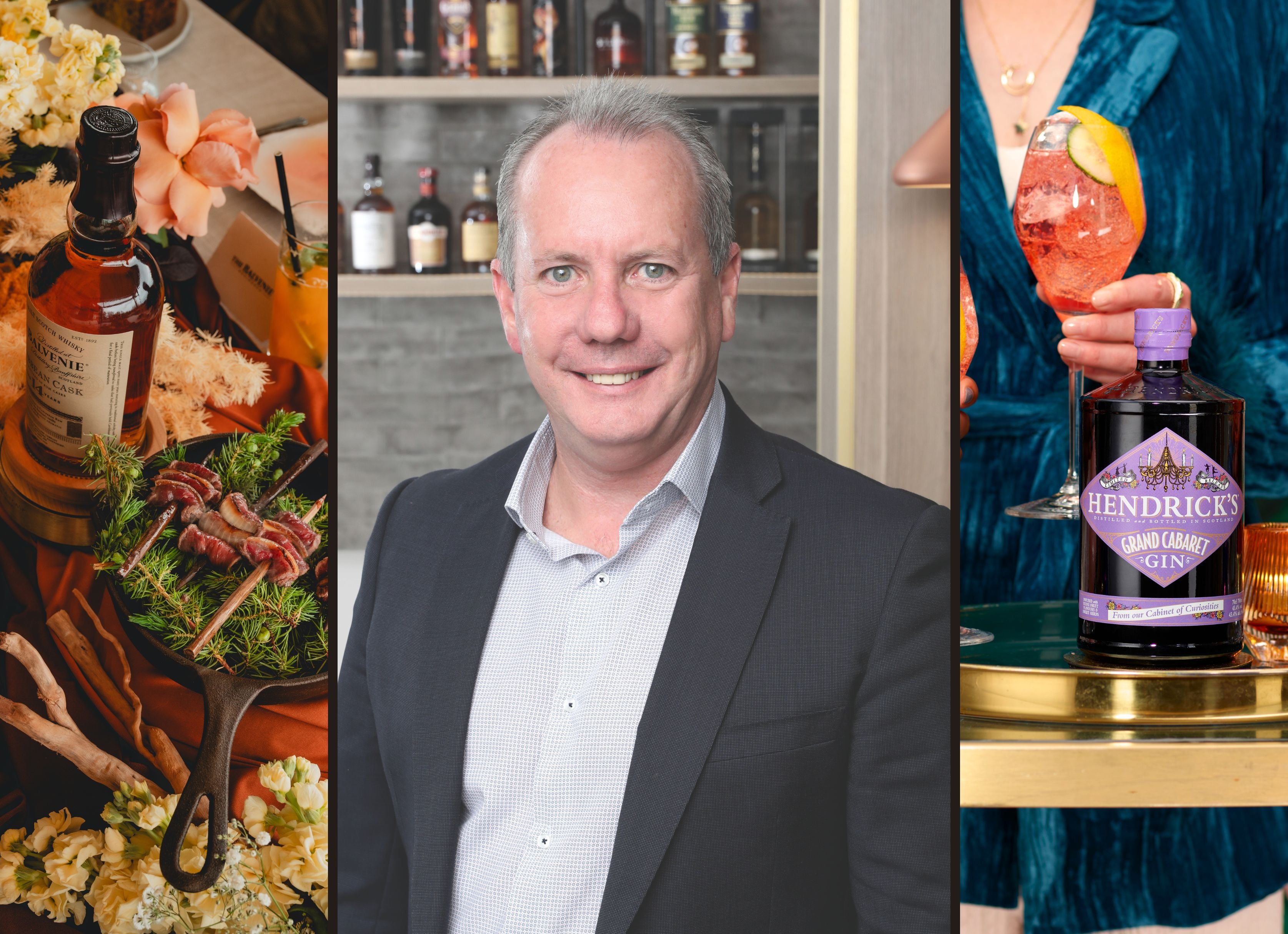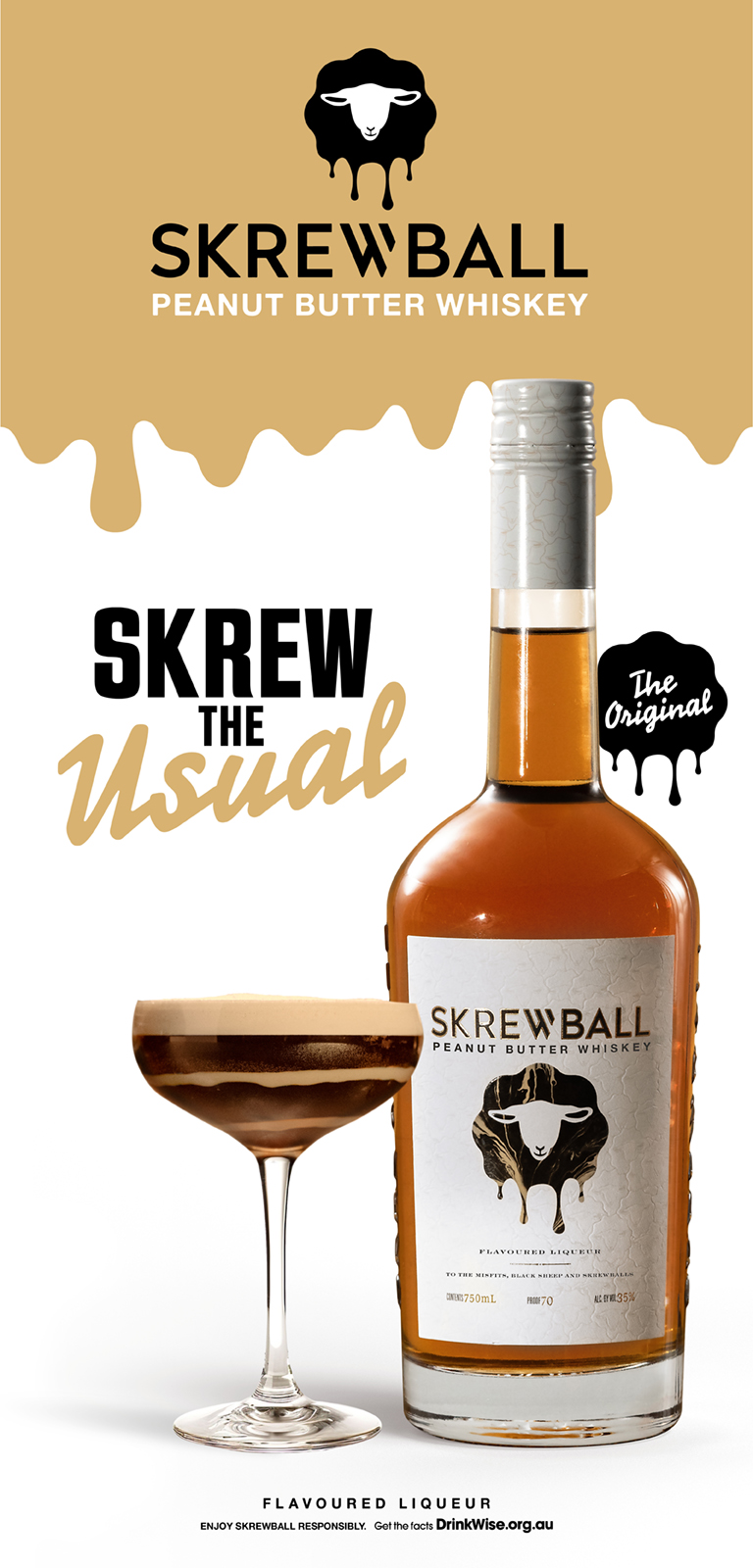In the 18 months leading up to February 2024, the value of agave dropped from MX $32 per kg (less than AUD $3) to MX $5 per kg (less than AUD $0.50). According to the IWSR, this plummet of prices is a direct consequence of expansions in total agave plantings and is expected to continue over coming years.
“The very large inventory of agave plants, coupled with slowing demand of premium tequila segments in the US after years of rapid growth, has sparked a panic sale among amateur agave growers who have recently joined the industry in a bid to cash in on the agave spirits boom,” explains Jose Luis Hermoso, IWSR Research Director for Central and South America.
Due to the fact that agave takes multiple years to reach maturation, the repercussions of the 2021 and 2022 boom in plantings are only being experienced by the industry now. This boom has seen the number of registered growers quadruple since 2018, including a 10% increase in the number of new plants between 2021 and 2022 alone.
“With such huge numbers of new plants going into the ground in 2021 and 2022, it’s entirely possible that pricing will not hit the bottom until 2026,” said Hermoso.
“While newer entrants are still falling into the approach of ‘buying at the peak/selling at the trough’, established players are trying to tame the cycle by underplanting during pricing peaks and overplanting during pricing troughs,” said Hermoso.
“This can only be good for the agave spirits category in the longer term.”
This shift towards an integrated farm-to-bottle production model hopes to reduce the peak/trough agave price cycle that affects the Mexican industry every 10-15 years. This pattern occurs due to the tendency for growers to overplant at times of high prices and underplant when prices drop. The last pricing trough occurred in 2007-2010.
“Logically, we would expect to see an influx of cheaper 100% agave tequila into the market in the near future – so, potentially, a higher-quality product at a lower price, which might attract new consumers and/or encourage trade-down,” said Richard Halstead, IWSR’s Chief Operating Officer for Consumer Research.
“The last time we saw a supply glut similar to this was around 2009/10, when numerous new brands came to the market using the 100% agave description, but at prices significantly lower than the majority of incumbent 100% agave brands.”
The drop in value of agave is unlikely to have any impact on the current prices of tequila, with producers expected to protect brand equity and profit margins in place of competing for lower prices. IWSR also forecasts that the total volume of tequila production will continue to grow steadily over the foreseeable future.
“Declining agave prices give leading brand owners the opportunity to improve their margins and/or increase promotional activity in order to build category share,” said Adam Rogers, Research Director for North America, IWSR.
“But these experienced, marketing-led organisations will be wary of damaging their brand equity by widespread discounting.
“We do not foresee any race to the bottom in pricing terms, with premium-and-above products remaining dominant as the market leaders will be determined to preserve margin.”
Share the content
